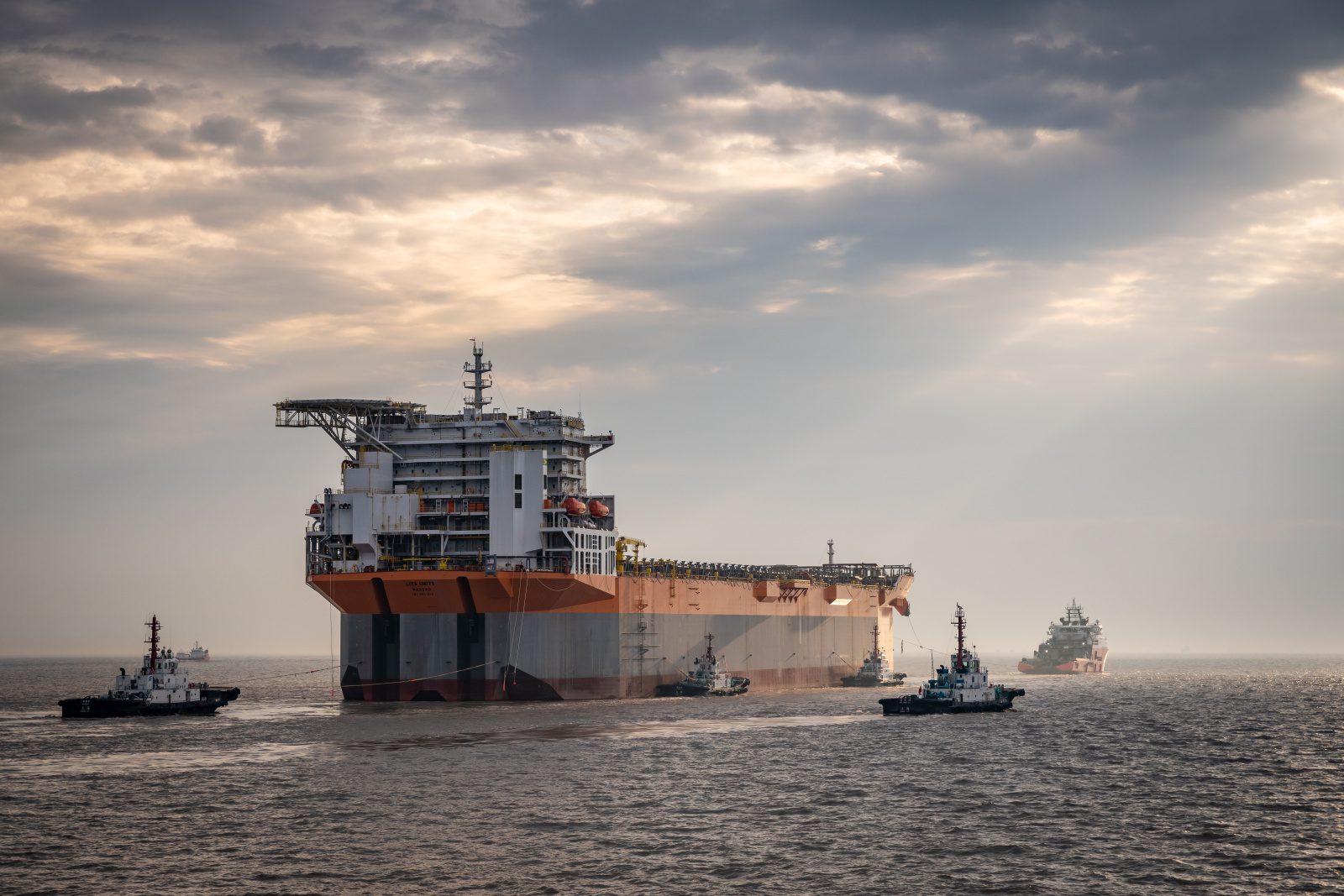ExxonMobil’s projects offshore Guyana are guided by environmental impact assessments (EIA) which consider the potential impacts of oil production beyond the design capacity.
These EIAs form part of the pool of documents which are reviewed and approved by regulators, before the Stabroek Block co-venturers make their final investment decisions.
The fact that the studies catered for production increases is noted in the publicly available EIAs. While each project has a production design rate, the studies cater for an ‘upper production limit’ and an even higher ‘potential peak production’ volume.
ExxonMobil pursued optimisation of its Liza Phase 1 project through infrastructural debottlenecking in 2022. It said it was able to increase production capacity from 120,000 barrels of oil per day (bpd) to 140,000 bpd.
Recent letters in Guyanese newspapers remind that Exxon originally designed the project to produce at 100,000 bpd, with the ability to safely sustain production at peaks of 120,000 bpd. However, the initially approved basis for assessing the potential impact of the project catered for potential peak oil production of 144,000 bpd. Liza Phase 1 average production since debottlenecking in July 2022 is 145,000 bpd. This is less than 1% above the limit used for the Liza Phase 1 EIA, and not 50% as has recently been claimed.
The Stabroek partners plan to undertake similar optimisation work during downtime scheduled for Liza Phase 2 in Q4 2023. According to the EIA, this project has a design rate of 220,000 bpd. However, 250,000 bpd is stated as a safe operating limit. This has not yet been exceeded by the Liza Unity, though it has exhibited higher than expected production in recent months.
Similarly, the Payara project is expected to produce 220,000 bpd but 264,000 bpd was the conservative basis used to assess potential impacts from the project. The Prosperity floating production, storage and offloading (FPSO) vessel is on its way to Guyana with first oil expected later this year.
The Yellowtail project is expected to produce 250,000 bpd. However, 263,000 bpd is the conservative basis on which potential impacts were assessed. The Uaru project is in the application stage with a similar design rate as Yellowtail. However, 263,000 bpd is the upper production limit, and 300,000 bpd was used as the conservative basis on which potential impacts were assessed. The EIA was submitted to the Environmental Protection Agency.



